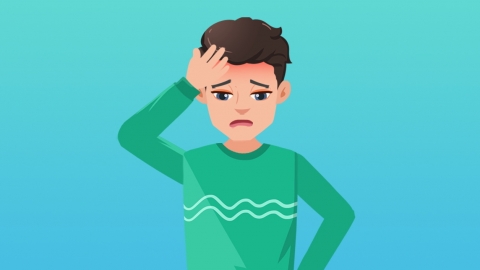Is the tightness in the head caused by cervical spondylosis related to sitting posture?
Generally speaking, whether the tightness in the head caused by cervical spondylosis is related to sitting posture needs to be determined according to specific circumstances. If it is caused by long-term poor sitting posture leading to abnormal stress on the cervical spine, it usually is related to sitting posture; if it is caused by other factors, it may not be related. Detailed analysis is as follows:

If one maintains poor sitting posture for a long time, such as bending the head forward with a rounded back, sitting askew, or leaning sideways, it can cause the physiological curvature of the cervical spine to become straightened or reversed, keeping the neck muscles continuously tense. This tension can pull the soft tissues of the head, causing tightness in the head, often accompanied by neck pain. Adjusting the sitting posture and maintaining a naturally relaxed cervical spine can gradually alleviate these symptoms, indicating that the issue is related to sitting posture.
When tightness in the head caused by cervical spondylosis is due to degenerative changes in the cervical spine, neck chilling, excessive fatigue, or other factors, it may not be related to sitting posture. Degenerative conditions such as disc protrusion and bone spurs can compress surrounding tissues; chilling of the neck can cause muscle spasms; and excessive fatigue can increase the burden on the neck. In these cases, even with correct sitting posture, symptoms such as tightness in the head may still occur.
To reduce the occurrence of head tightness caused by cervical spondylosis, it is important to maintain proper sitting posture in daily life—keeping the chest upright and maintaining an appropriate distance between the head and the desk—avoiding prolonged periods of looking down. During work or study, take regular breaks to move the neck and relax the muscles.




